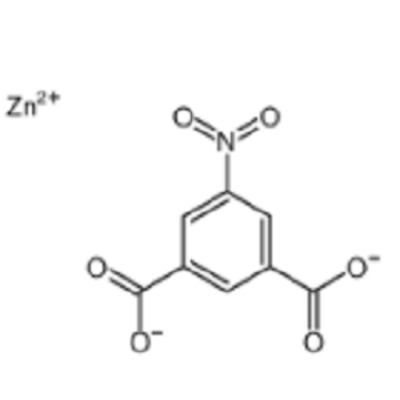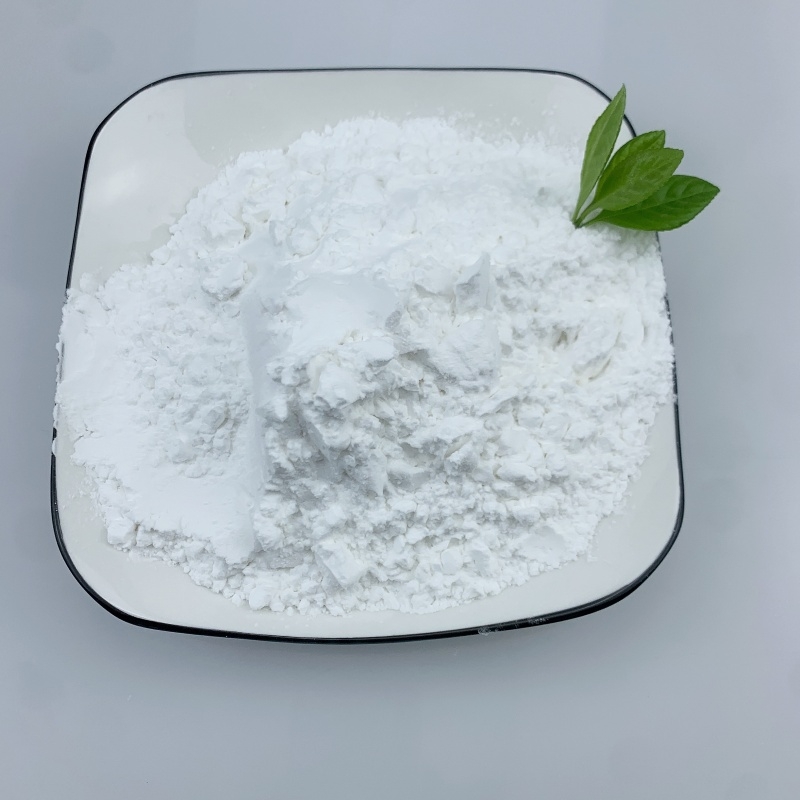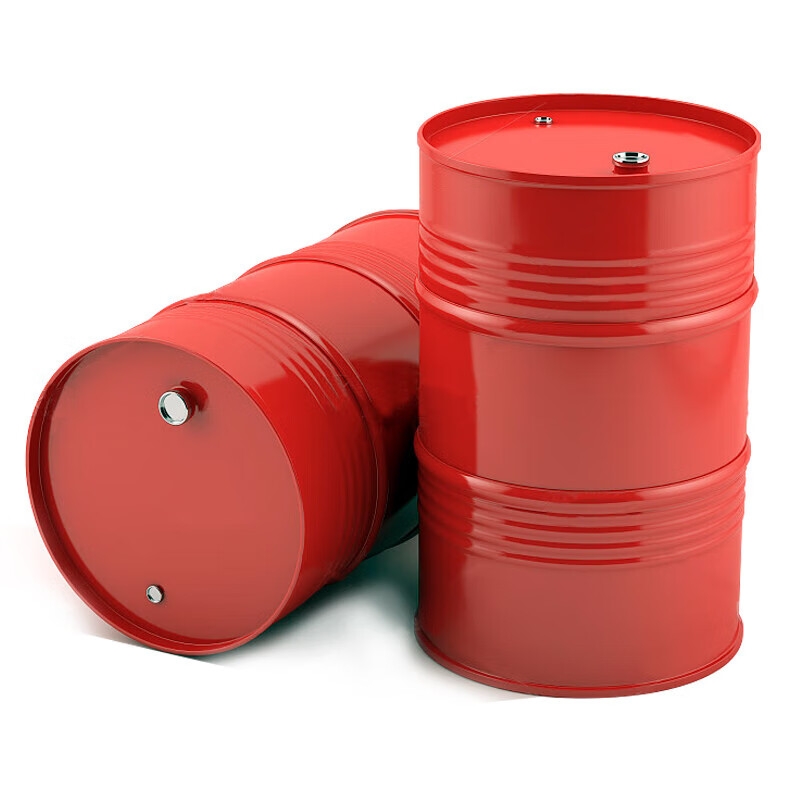-
Categories
-
Pharmaceutical Intermediates
-
Active Pharmaceutical Ingredients
-
Food Additives
- Industrial Coatings
- Agrochemicals
- Dyes and Pigments
- Surfactant
- Flavors and Fragrances
- Chemical Reagents
- Catalyst and Auxiliary
- Natural Products
- Inorganic Chemistry
-
Organic Chemistry
-
Biochemical Engineering
- Analytical Chemistry
-
Cosmetic Ingredient
- Water Treatment Chemical
-
Pharmaceutical Intermediates
Promotion
ECHEMI Mall
Wholesale
Weekly Price
Exhibition
News
-
Trade Service
The development of the modern coating industry is rapidly moving towards functionalization, high decoration, environmental protection, and low cost.
It is precisely with the advancement of pigments and fillers processing, synthesis and application technology that in the past ten years, coating technology has made leaps one after another.
However, there are many factors that limit the stabilizing effect of pigments and fillers in coatings.
Particle morphology of pigments and fillers
Generally, needle-shaped particles have a stronger toughening effect than spherical particles.
A strong shear process will be allowed, because the needle-shaped particles are more likely to break when the shear force is large, which will lead to a decline in enhanced functionality.
However, the matting effect is more obvious, which may be related to the thickness of the residual layer on the outer surface of the particle after the film-forming resin is adsorbed.
The particle shape of pigments and fillers is reflected in the oil absorption value, that is, the needle-shaped particles of large diameter, soft pigments and fillers and porous powder have a large oil absorption value and are not easy to disperse, while spherical and hard pigments and fillers have lower oil absorption and higher dispersion efficiency.
Acidity and basicity of pigments and fillers
More acidic coating resin, less alkaline resin (water-removing resin).
Due to the acid-base reaction, the viscosity of the coating has been tested for a tendency to generally increase significantly.
Mainly reflected in toughness, solvent resistance, even light, and thermal stability.
The presence of hydrophilic water-soluble salt not only makes it difficult to disperse the pigments and fillers in the coating, but also causes the false consistency of the slurry and reduces the water and chemical resistance of the film.
Water content of pigments and fillers
Generally speaking, the polar chemical bond structure of pigments and fillers in the air can easily adsorb moisture, especially when the air humidity is high.
We often find that when the air is humid, the pigments and fillers are easily dispersed, but the fineness in the paint is difficult to meet the requirements.
The root cause of this phenomenon is that the surface of the pigment and filler absorbs too much water, which not only hinders the diffusion and adsorption process on the surface of the pigment and filler, but also greatly weakens the interaction between the resin and the pigment and filler.
The increase of dispersant also means the increase of coating cost.
Surface treatment of pigments and fillers
We know that general pigments and fillers have high surface polarity, while the molecules that form polymers have low polarity.
However, various modification methods and different reagent structure modification will directly affect the performance parameter value of the paint film.
Solution pigments and fillers are easy to disperse because they can be well dispersed in the organic coating layer.
They are used for lipophilic.
Inorganic pigments and fillers can be coated with inorganic oxides to improve weather resistance.
Acid, one or more temperature and other properties, but these have little effect on the dispersibility of processed pigments and fillers.
For organic coatings, the pigments and fillers of the coatings require that the pigments and fillers are smaller than inorganic coatings.
This requires that the pigments and fillers need to control not only the fineness of the primary particle size, but also to be lipophilic to avoid particle agglomeration due to adsorption.
Caused by the water.
The surface treatment of pigments and fillers is mainly introduced in the general literature as small molecule surfactant coatings, titanates, organic silicon, aluminates, inorganic silicon, aluminum, zirconium, titanium and other coupling agents.
The amount of modifier is 0.
1 Between %~20%.
Many pigments and fillers carry out organic coatings at the same time as inorganic coatings.
The coating of inorganic material improves the weather resistance, temperature resistance and chemical resistance of the material to a certain extent, while the result of organic treatment is relatively complicated.
The author has carried out surface treatment on pigments and fillers for many years, and found that the application of pigments and fillers has no effect on the overall performance of the coating.
The surface coating adsorption of common organic surfactants can improve the dispersibility of the powder in the organic coating to a certain extent.
However, an important purpose of powder coatings is to improve certain properties of the coatings after film formation.
Merely improving the dispersion of the coating is not enough.
The results show that the use of fatty acids, common titanates, aluminates, organosiloxane coupling agents and various ionic and non-ionic surfactants can significantly improve the dispersion of nano-calcium carbonate in the coating process.
However, the presence of these surfactants can improve the mechanical properties, water resistance, chemical resistance and even photoresistance of the coating film, which is usually harmful.
The light resistance, heat resistance, and chemical resistance of the surface treatment agent itself have weak interaction with the surface treatment agent, powder materials, and film-forming substances, which may lead to the introduction of surfactants and the decline of certain properties.
In our research, we also found that compared with small molecule treatment agents, polymer treatment agent pigments and fillers containing some reactive groups have the advantages of good storage stability and improved performance (such as water resistance, mechanical properties, etc.
).
This can be attributed to the steric hindrance and mechanical strength of the polymer treatment agent itself.
Optical performance
The optical properties of "497" include tinting power, decoloring power (white pigment), dry cover, and other appearances.
The shading power, tinting power, or decoloring power corresponds to the particle size of the powder.
For covering power, when the particle diameter exceeds half of the light wavelength, as the particle size decreases, the covering power of the pigments and fillers, including the mixed covering power, increases;
When the particle diameter is less than half of the light wavelength, the finer the particle, the lower the covering power.
As far as the tinting power or decoloring power of a colored pigment is concerned, the color itself comes from the absorption of light by the pigment.
Although there is a certain relationship between light absorption intensity and particle diameter, it mainly depends on the composition and structure of the substance itself.
Of course, tinting power or achromatic power is also related to the shape and size distribution of powder particles.
Appearance color pigments are related to particles of the same size, with the particle size, from red powder, yellow to blue tones of purple tone transmission.







